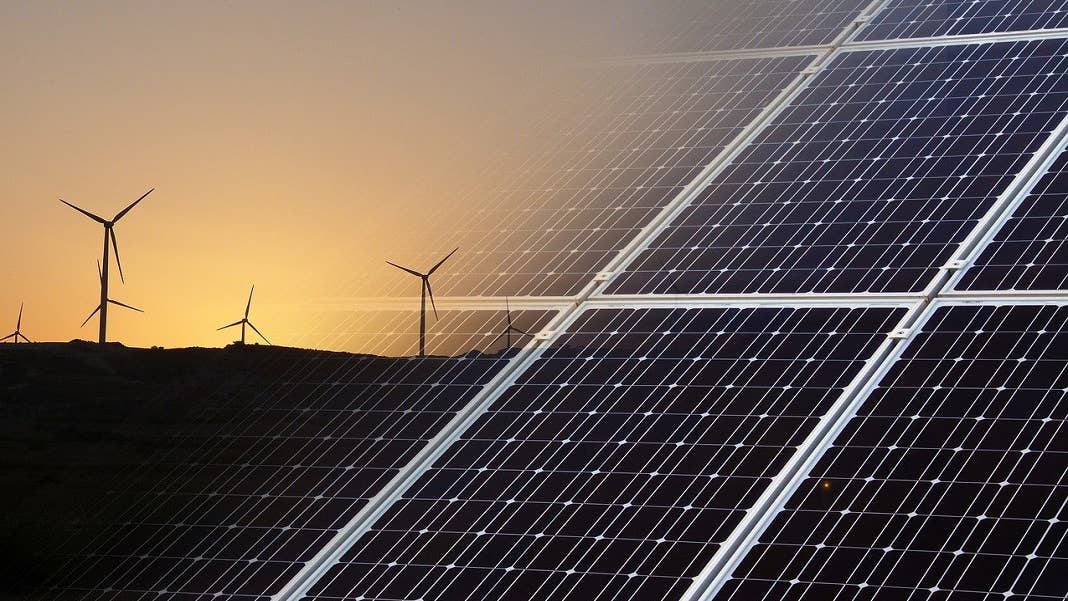Ukraine Conflict Has the World on a Renewable Energy Run, IEA Report Says

Share
A rapid transition to renewable power is essential to avoid the worst effects of climate change, but governments have been lukewarm in their commitment. Energy security concerns spurred by Russia’s invasion of Ukraine seem to be sharpening minds, though, according to a new report.
In its latest assessment of the state of renewable power, the International Energy Agency (IEA) says that the global energy crisis the conflict has caused is driving a significant acceleration in the roll-out of green energy projects as governments try to reduce their reliance on imported fossil fuels.
The upshot is that global capacity is expected to grow by as much as 2,400 gigawatts (GW) between now and 2027. That’s equal to China’s total power capacity today, and more renewable power than the world has installed in the previous 20 years.
It’s also about 30 percent higher than the agency was predicting last year, making this the largest-ever upward revision of its renewable energy forecasts. The report predicts that renewables will make up 90 percent of all new power projects over the next half-decade, and by 2025 solar is likely to overtake coal as the world’s single biggest source of power.
“Renewables were already expanding quickly, but the global energy crisis has kicked them into an extraordinary new phase of even faster growth as countries seek to capitalize on their energy security benefits,” IEA executive director Fatih Birol said in a statement. “This is a clear example of how the current energy crisis can be a historic turning point towards a cleaner and more secure energy system.”
Nowhere has the energy crisis spurred a bigger reaction than in Europe. Much of the continent has long been reliant on Russian fossil fuels, with the EU importing nearly half its natural gas from the country. Given the growing rifts with its neighbor, the bloc is keen to rectify this situation.
In May, the European Commission released its REPowerEU plan in response to the Russian invasion, which outlines how the bloc plans to reduce its energy use, boost renewables, and diversify the sources of its fossil fuel supplies. This includes commitments to end reliance on Russian fossil fuels by 2027 and boost renewables’ share of the energy mix to 45 percent.
Combined with existing climate ambitions, the IEA report predicts that this will see Europe add twice as much renewable energy capacity by 2027 as it did in the previous five years. This will be led by Germany and Spain, which have recently enacted a host of renewables-friendly policies designed to spur growth.
The acceleration isn’t driven by Europe alone, though. China’s 14th five-year plan, which was officially endorsed in March 2021, will see the country contribute about half of all new renewable power capacity over the next five years. And at the same time, the Inflation Reduction Act passed by the Biden administration earlier this year is likely to drive a significant increase in renewable capacity in the US.
Be Part of the Future
Sign up to receive top stories about groundbreaking technologies and visionary thinkers from SingularityHub.


Most of this expansion is going to come from solar and wind energy, according to the report, which are now the cheapest options for new electricity generation in most countries. But there is also likely to be significant growth in both hydrogen and biofuels, which may be better suited to helping decarbonize industry and transport.
The agency predicts the amount of renewable energy dedicated to producing green hydrogen will rise a 100-fold increase to 50GW, thanks to new policies and targets introduced in more than 25 countries.
Biofuel demand is expected to jump by 27 percent over the next 5 years, with up to a third of that due to be produced from waste rather than purpose-grown fuel crops. That is likely to exhaust supplies of easily-available waste, though, so the amount of vegetable oil dedicated to producing biofuel is likely to jump from 17 percent to 23 percent, raising questions about the fuel’s sustainability.
Despite all this progress, though, our chances of avoiding the worst impacts of climate change still aren’t good. The report outlines an accelerated case in which renewables growth is 25 percent higher than the baseline they identify, which could be possible if the world’s governments make major regulatory reforms and ensure better financing options for renewables projects.
But even in this optimistic scenario, which could lead to zero net emissions by 2050, the report says we would only have an even chance of limiting warming to 1.5 °C. So while the news is positive, we’re still a long way from being able to rest on our laurels.
Related Articles

Hugging Face Says AI Models With Reasoning Use 30x More Energy on Average

Startup Zap Energy Just Set a Fusion Power Record With Its Latest Reactor

Scientists Say New Air Filter Transforms Any Building Into a Carbon-Capture Machine
What we’re reading
